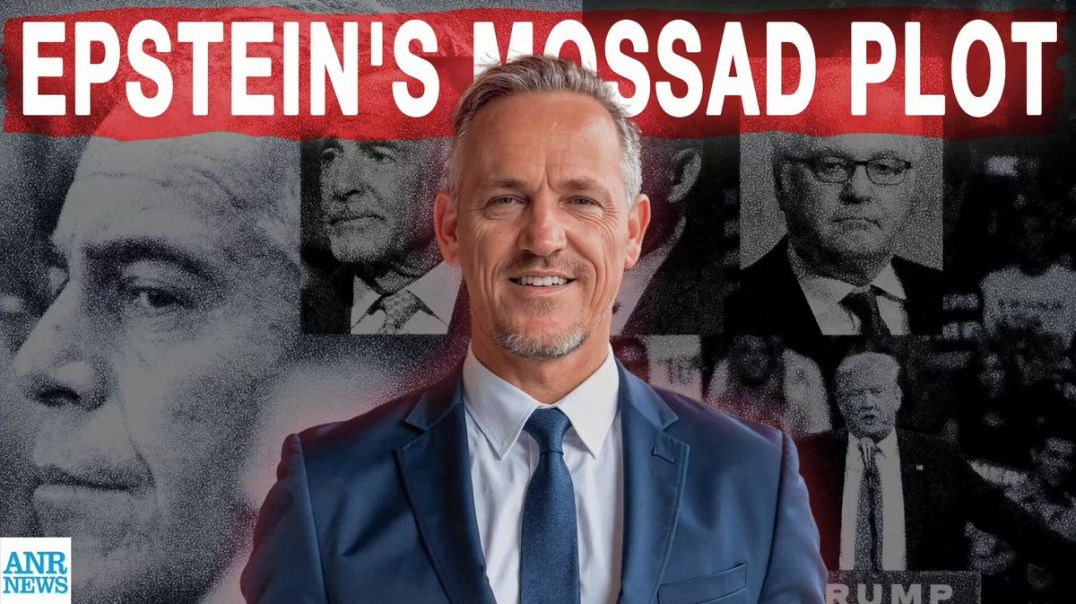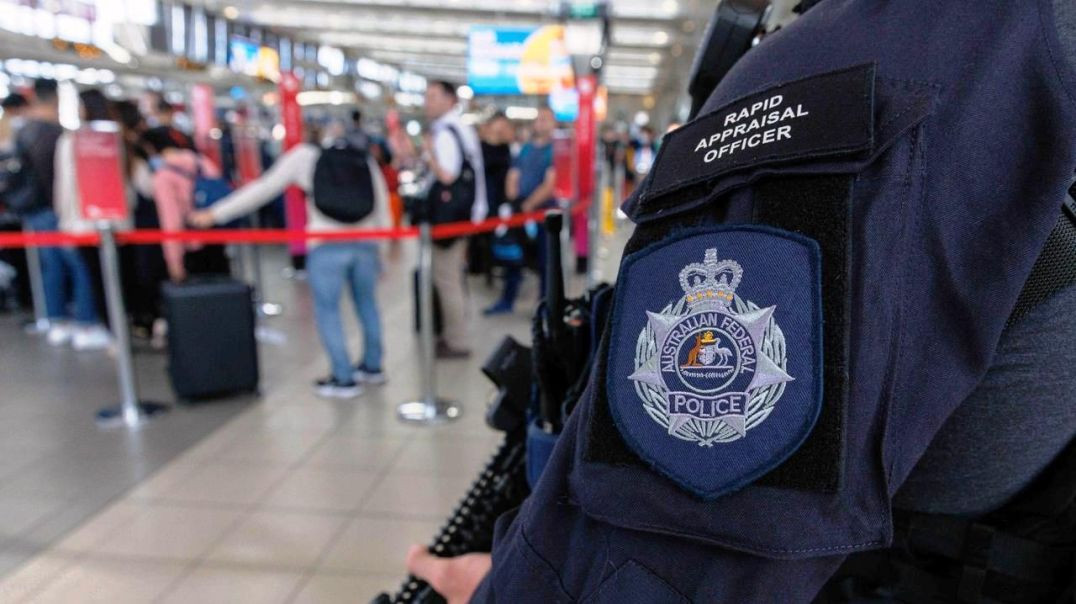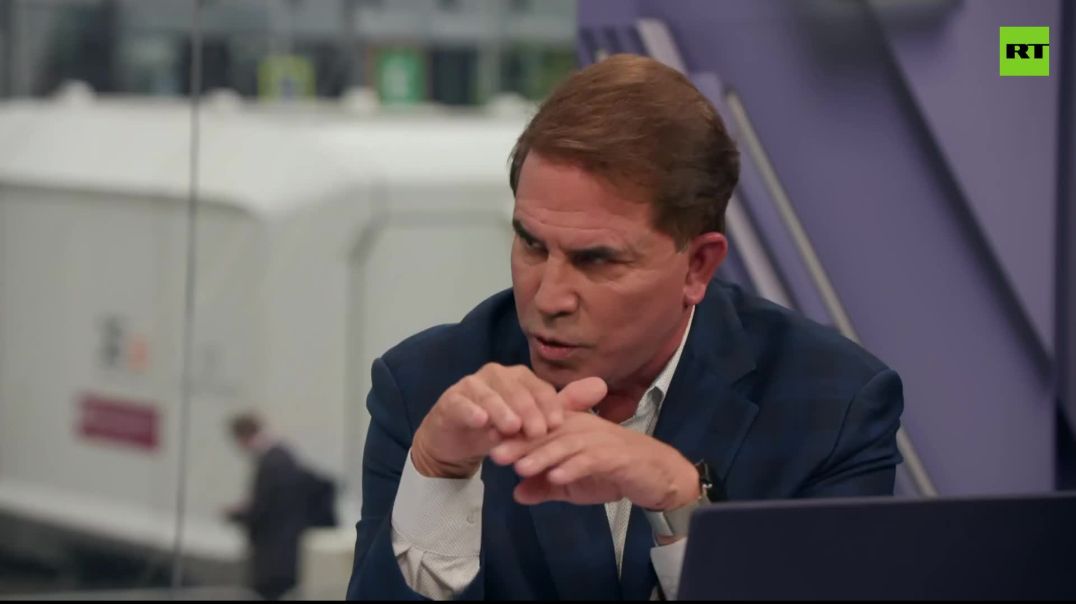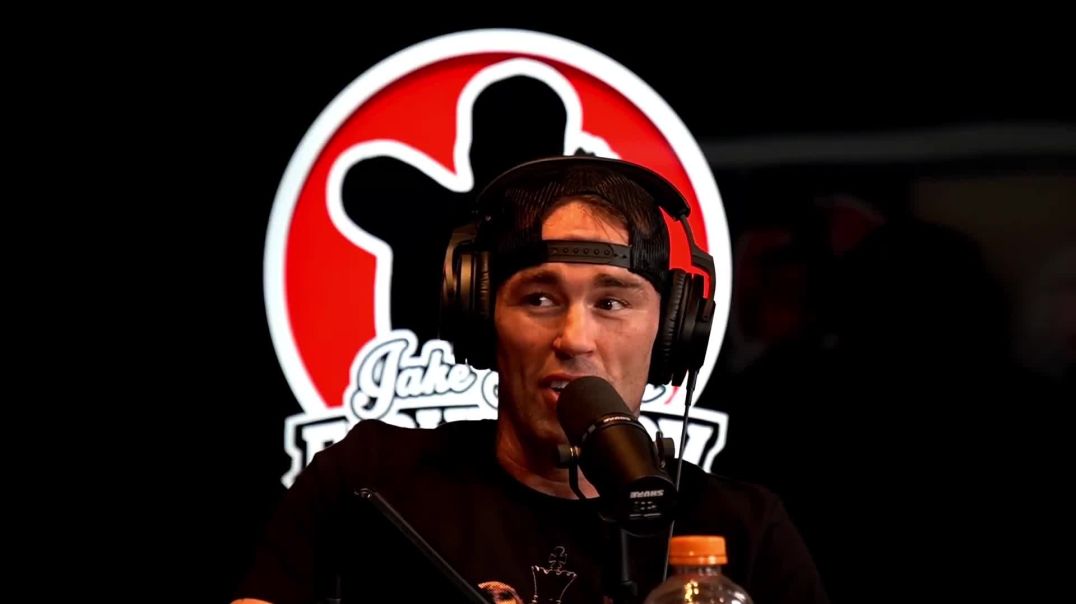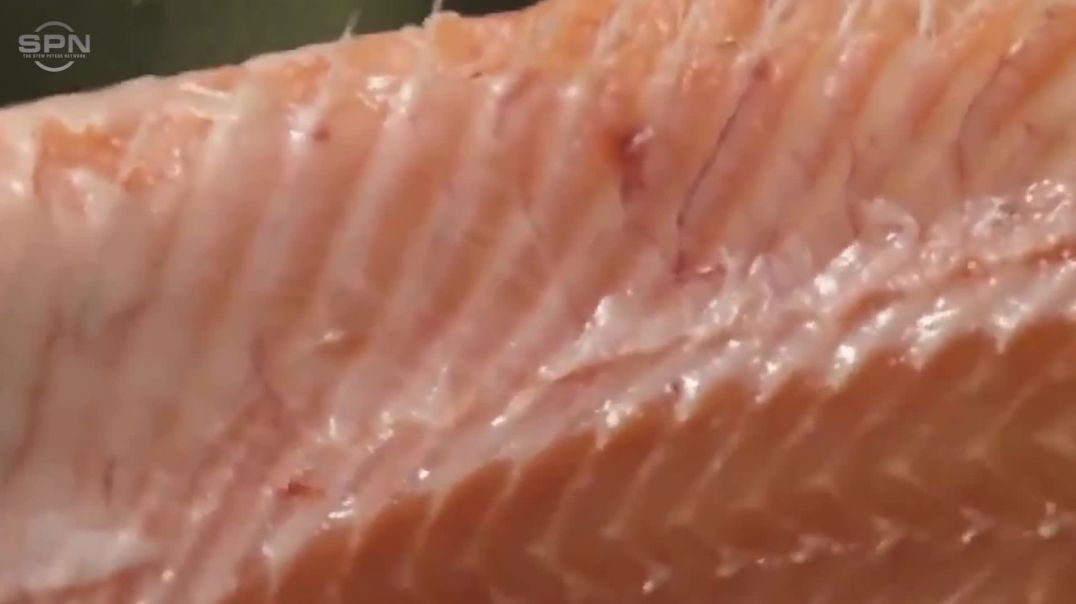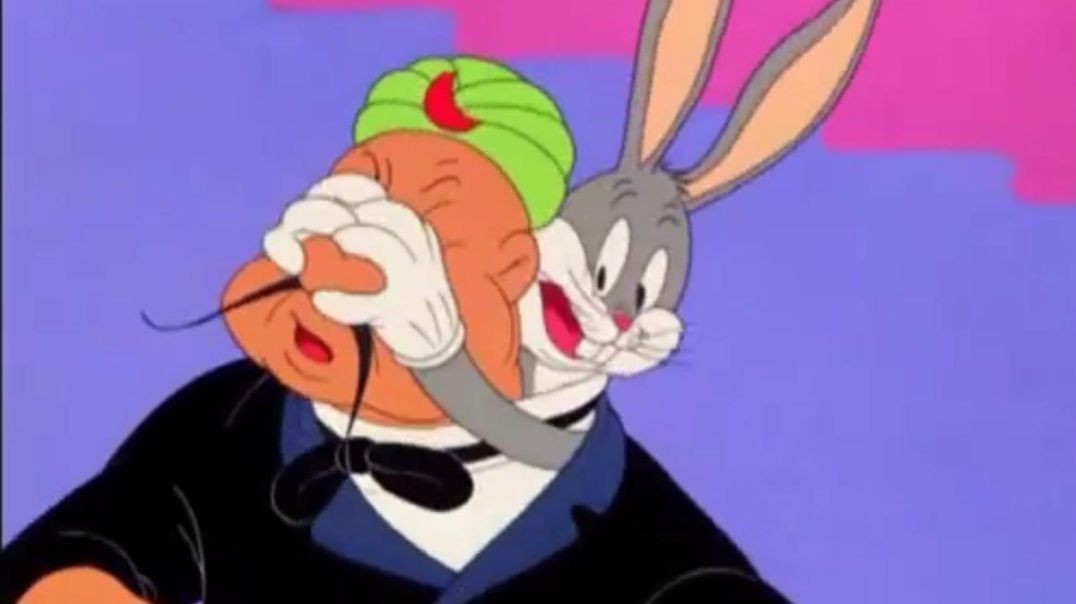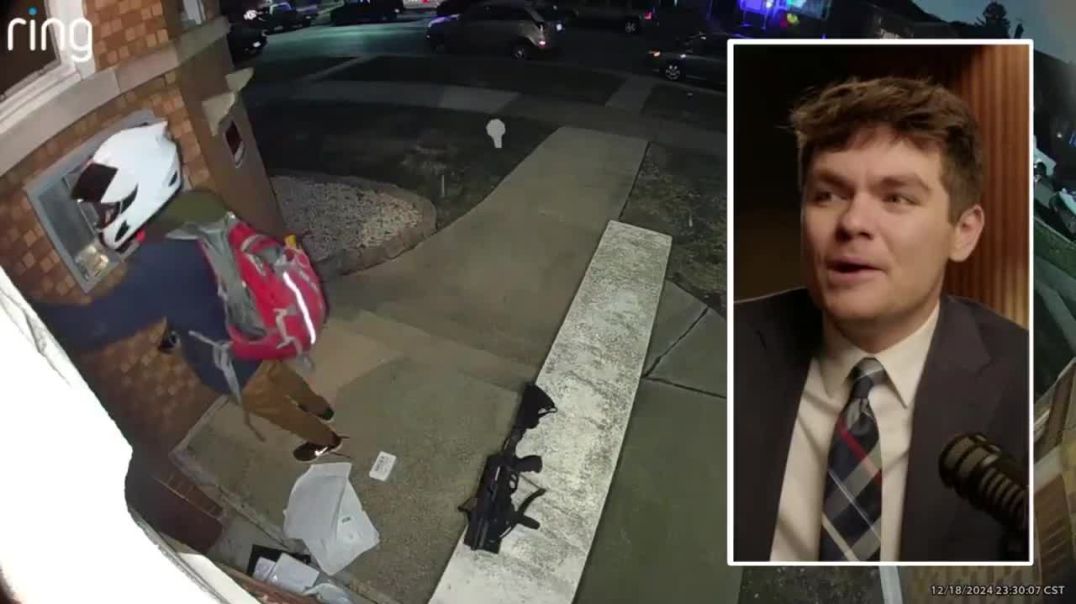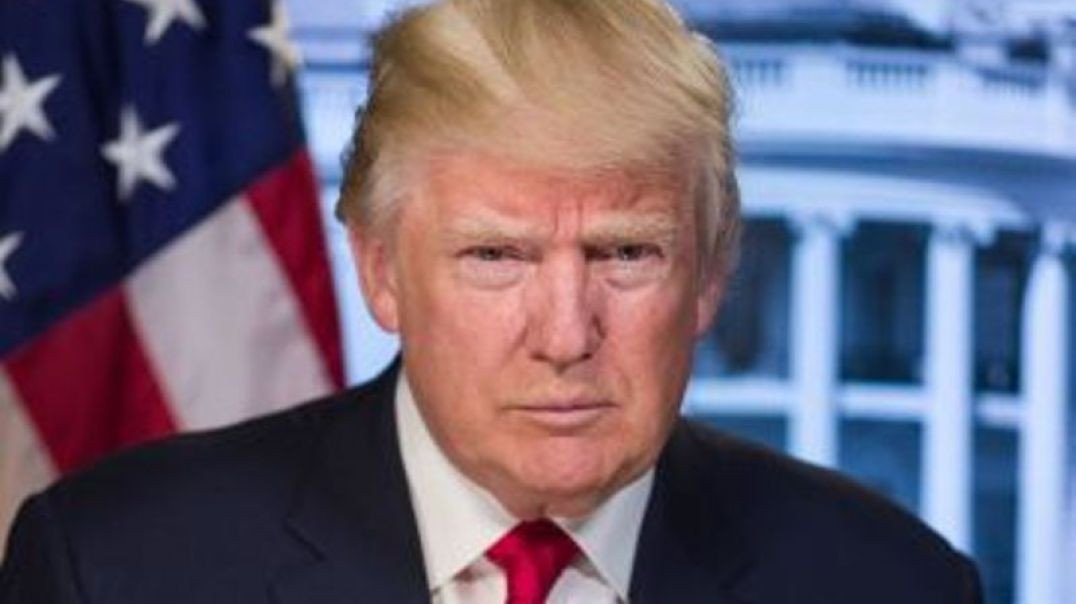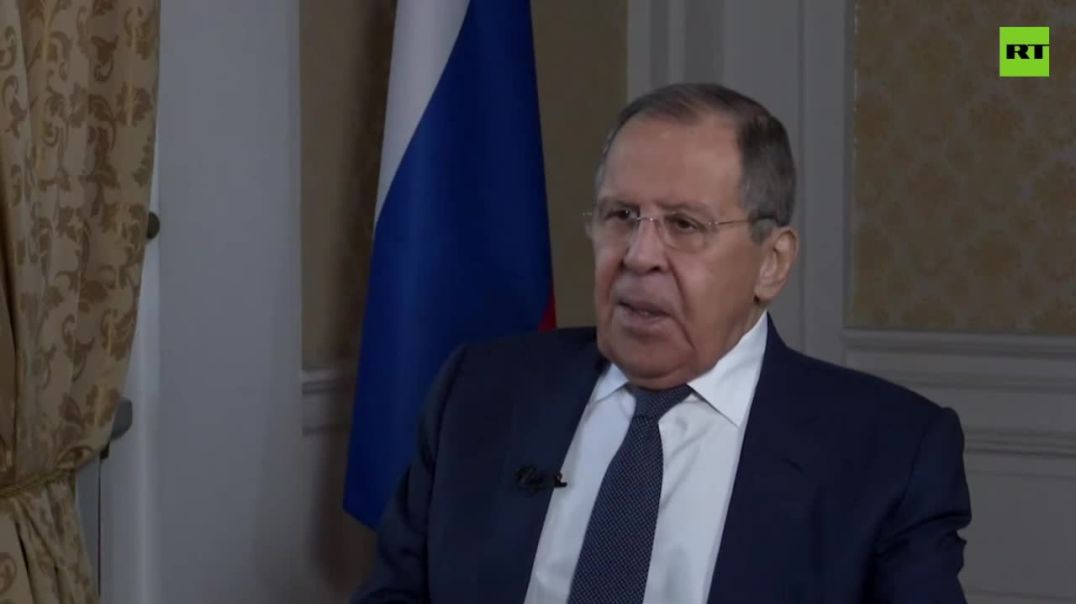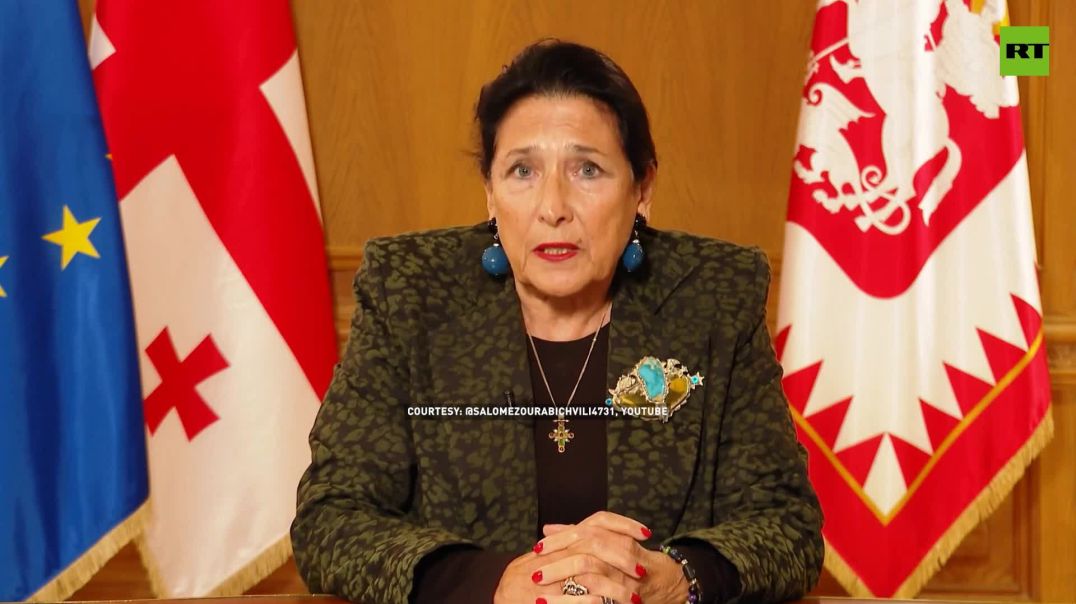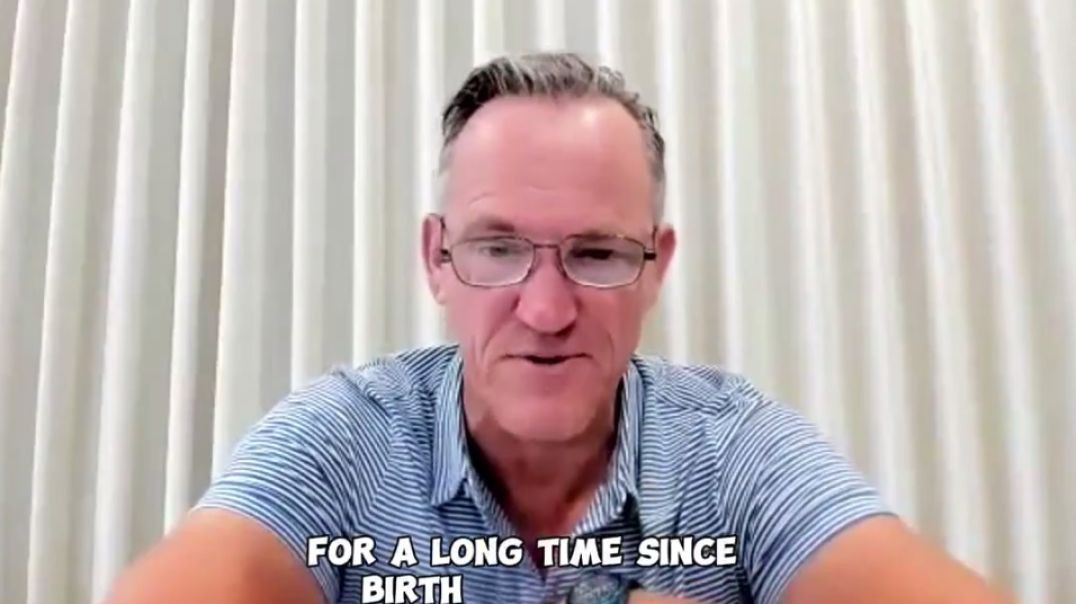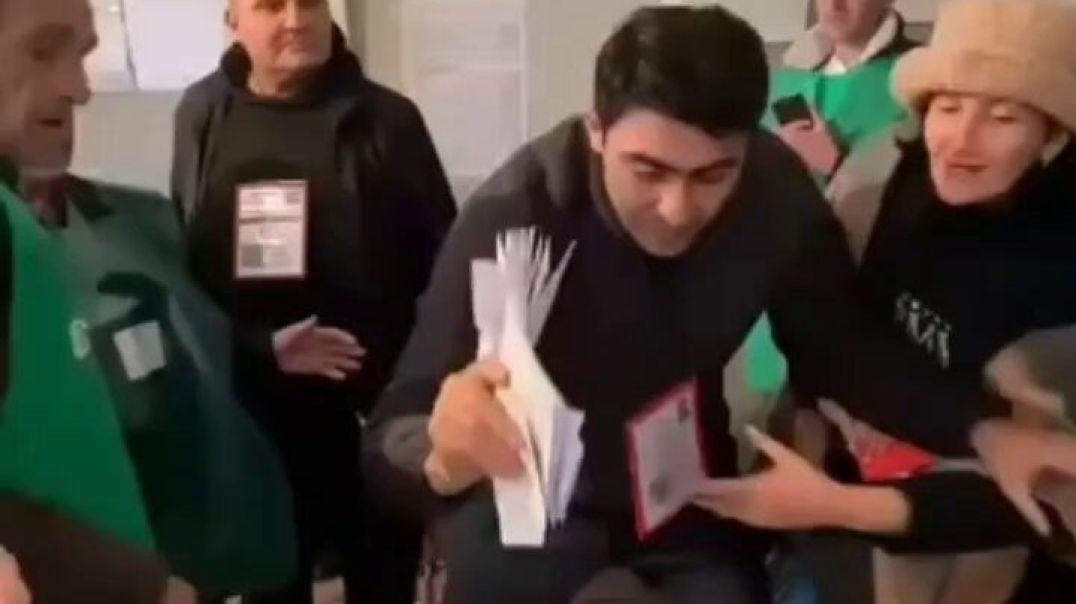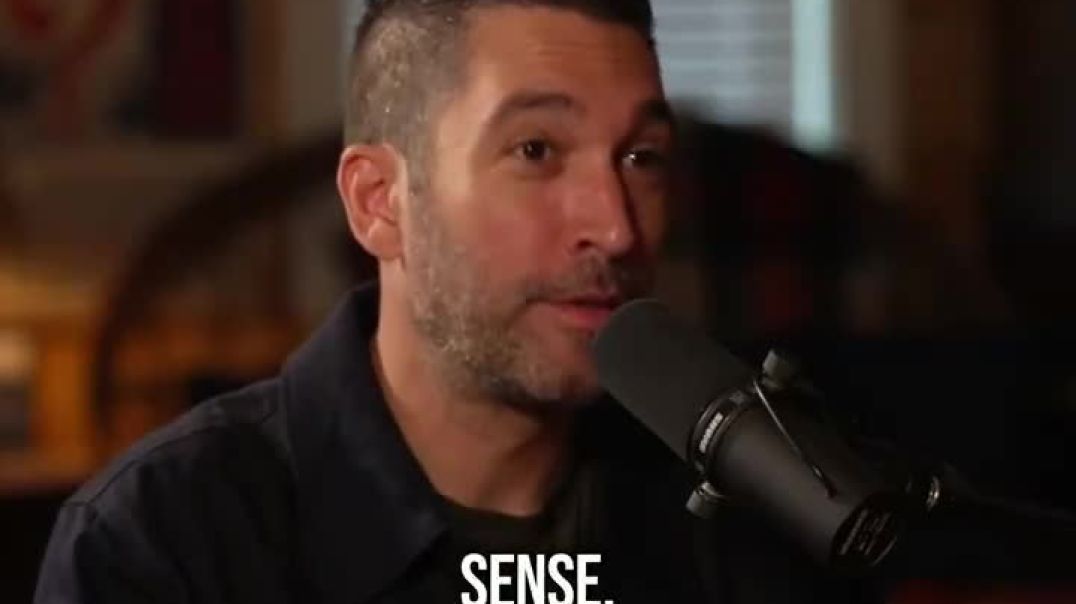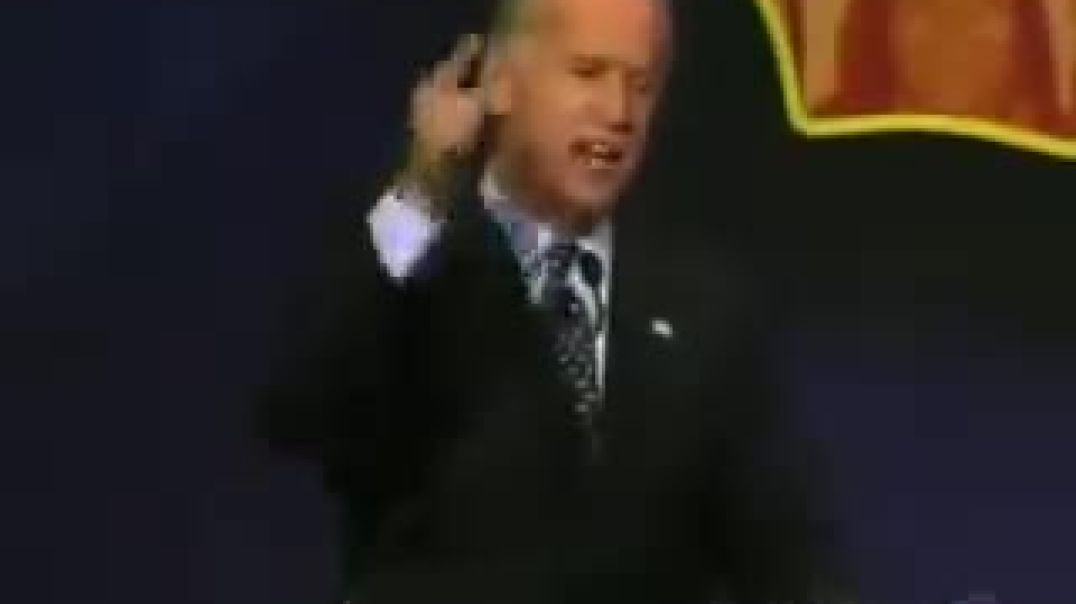Please donate now to help fund our work
- Film & Animation
- Music
- Pets & Animals
- Sports
- Travel & Events
- Gaming
- People & Blogs
- Comedy
- Entertainment
- News & Politics
- How-to & Style
- Non-profits & Activism
- McIntyre Report
- Jamie McIntyre uncensored
- RAW Report
- Candace Owens
- Steve Kirsch
- Tucker
- Bongino
- Elon musks
- Alan Jones Australia
- RT News
- Wayne Crouch Show
- Other
The Leo Frank Case: Chapter 14 Of 22 - Inside Story of Georgia's Greatest Murder Mystery
On Monday, July 28, 08:00 a.m., a crowd began to gather outside a courthouse in Atlanta, Georgia. A squad of police officers and deputy sheriffs directed traffic on the main street, and hundreds of people walked through the entrance of the red building and up a short flight of stairs to the door of the room where the trial was held. Inside, a dozen electric fans and ozone generators were installed to clean the air and keep the atmosphere as cool as possible. Benches were installed instead of chairs and the seating capacity increased to 250. Only storytellers, lawyers, journalists, close friends of the prisoners and a few spectators were admitted. Frank was taken out of his cell at the Fulton County Jail just before 7:00 a.m. and spent the hours leading up to the court date chatting with them and other relatives. He was brought to court before 9:00 a.m. and chose a seat in front of the judge. Attorneys Luther Z. Rosser, Reuben R. Arnold, and Herbert Haas arrived, followed by a dozen assistants with papers and laws. Solicitor General Hugh M. Dorsey announced on behalf of the defense that he was prepared to proceed with the case. Attorney Arnold stood ready to oppose the motion to stay.
At 09:00, Judge L.S. Roan strode into the courtroom and Sheriff Mangum and Chief Lieutenant Plennie Minor lined up for orders. The material state witnesses that were called included the following individuals: Mr. J.W. Coleman, Mrs. J.W. Coleman, George W. Epps, Newsboy Polizei Sargent, LS. Dobbs, City Detective Eltharns, W. W. Rogers, Bayless City Detective John Black, Miss Grace Hicks, L. M. Gantt, Pinkerton Detective Harry Scott, City Detective B.B. Haslett, E.F. Holloway, M.B. Darley, Dr. William A. Giesling. Claude Smith, Urban Microbiologist, Ph.D. J.W. Hart, Coroner, Ph.D. H.F. Harris, E.L. Perry, E.S. Smith and Miss Monteen Stover. Attorney Dorsey have announced that they have not waived their intention to be called to the witness stand as directed by Judge Roan. The defense then named the following witnesses, all of whom responded: Annie Hickson, Mrs. Levi, Mrs. Josephine Salig, Emile Salig, H.J. Henze, R.H. Haas, W.H Mincey, J.S. T. Spear, E.F. Skipper, E.L. Centel, May Barrett, Ch. Carson, Mrs. Rebecca Carson, Harry Denham, Harry Gottheimer, Miss Corinthia Hall, Miss Hattie Hall, Mary Burke, Remy Quinn , Herbert J. Schiff, Ella Thomas, CB. Gilbert, Grank Payne, Eura Flowers, Alonzo Mann, Joseph Steger, Ike Strauss, J. C. Loeb, L. J. Cohen, Emma Bibb, Mrs. Bessie White, Joe Williams, Wade Campbell, William McKinley, J. E. Lyons, Dora Lavender, M.O. Nix, Jerome Michael.
At 8.40pm, the first of the 12 jurors was called to the court for questioning. Lawyer Dorsey asked each juror his usual formal questions. Are you related or married to the accused, the deceased, or the prosecutor? Have they formed or expressed an opinion within the bar association regarding the guilt or innocence of a prisoner? Do you hold prejudices or prejudices in favor of or against? Is her opinion completely impartial to the state and defendants? Do you oppose the death penalty for reasons of conscience?
As each Benyerman qualified, the lawyer proceeded with his usual legal formula, announcing that the jury's gaze was that of a competent senior juror, and that the jury's gaze was that of the prisoner. While each member of the first jury was exempt from cause and compelling challenge, the second and third juries were more fruitful, each with four jurors.
Mr. Hensley was elected as the first member of Congress and was passed by both sides at 11:00 am. By 3:00 p.m., 11 jurors from various storytelling teams had been selected. The last man, C.J. Bosshardt, was recognized as the 144th Tailsman. The 12 men who decide Frank's fate are M. Johanning, W.S. Woodward, J.T. Osborne, A.H. Hensley, F-V-L. Smith, J.T. Higdon, Dieter Townsend, WS Metcal, F.E. Winburn, A.L. Wisby, Charles J. Bochert, and W.M. Jeffries were all married except Bochert. At 03:00 p.m, Mrs. J.W. Coleman, the mother of the murdered girl, was called to the witness stand. Dressed in her jet black, she spoke slowly, barely audible outside her jury box. She described how she was the last time she saw her little daughter Mary. An important detail in this document is the testimony of George Epps, a playmate of the murder victim and one of the last people to see her alive. George Epps testified that he drove with the girl to Forsyth and Marietta Streets and left five minutes before entering the Pencil Factory. Old Newt Lee followed the boy to the witness stand for two hours on Monday afternoon, and sat there for three hours under unrelenting questioning. He describes finding the body on the afternoon of the day of the murder, calling the police, meeting with Frank, and rubbing his hands in the pencil factory. He's been overwhelmed on several occasions, but he's dodged every trap set by a shrewd defense cross-examiner. The state laid the groundwork for the case by proving that young factory manager Mary Phagan left home at age 11:50 p.m. and arrived at Forsyth and Marietta Streets at noon. 7:00 p.m. or a few minutes before, witnesses said she walked towards the pencil factory and probably never stepped out of the building. Several police officers who went to the pencil factory in response to Mr. Newt Lee's initial call were called and informed of the findings, the location and appearance of the body at the time of examination, and the surroundings during the fourth part of the trial. was done. Leo M. Frank's calm, confident countenance surprised all who saw him.
He sat between his wife and mother, whose face was almost passive and emotionless, his arms folded and staring at one of the jurors, witnesses, or lawyers. He spoke very little. Frank's actions were not indifferent, he analyzed all the statements filed against him and seemed to understand the legal issues that arose. He seemed calm, cool, and sure of himself and his cause. He wore a blue mohair suit and nose cannulas, which he occasionally wiped with a handkerchief.
His appearance was similar to that of a young boy, but his demeanor was resolute and resolute, befitting his age. His demeanor was the same whether he won or lost, with spectators complaining about the heat, lawyers and difficulty dealing with the crowd that overwhelmed the courtroom. The document's most important detail is that the defendant was considered to be the most obedient prisoner in prison and was never handcuffed during his transfer from prison to court and from court to prison. He was given unusual liberties in court, and never followed the advice of his guardians. His employer, the men who worked with him in the factory, and numerous female subordinates all declared that he was a victim of circumstance and that he had no Mary Phagan's blood in his hands. . Witnesses who accused the defendant of unfair relations with female workers at the factory were called perjurers, and friends of the defendant described women who testified that the defendant was not of good character as fanatics.
